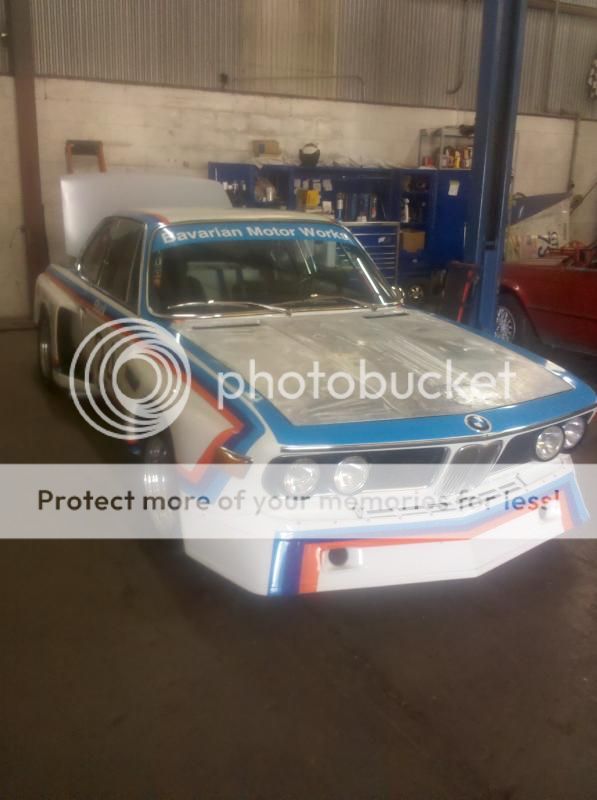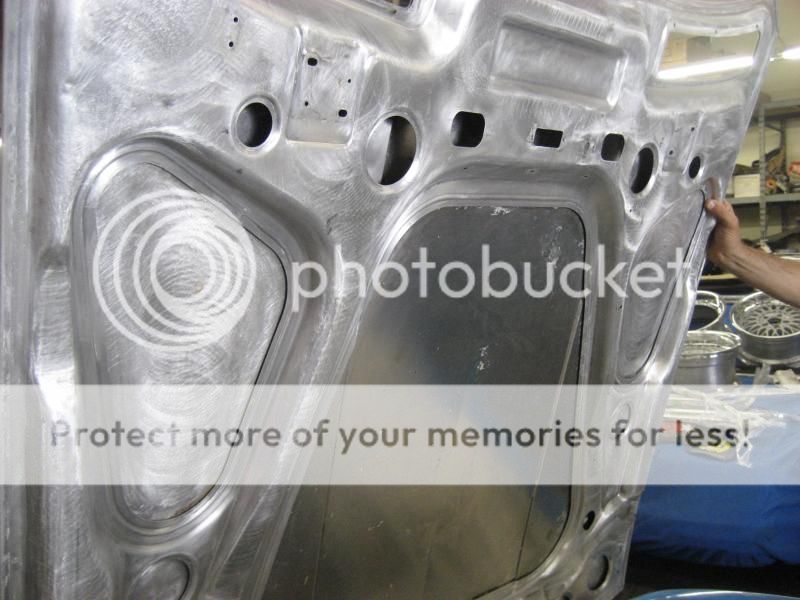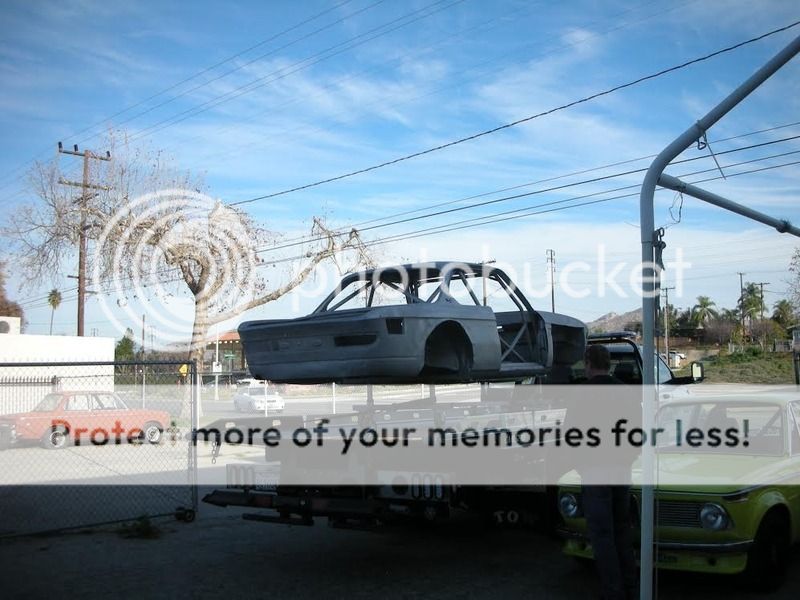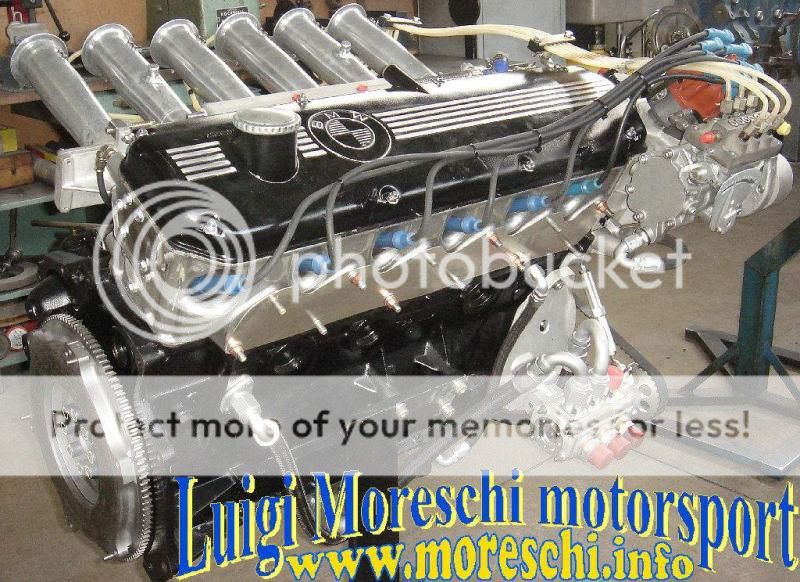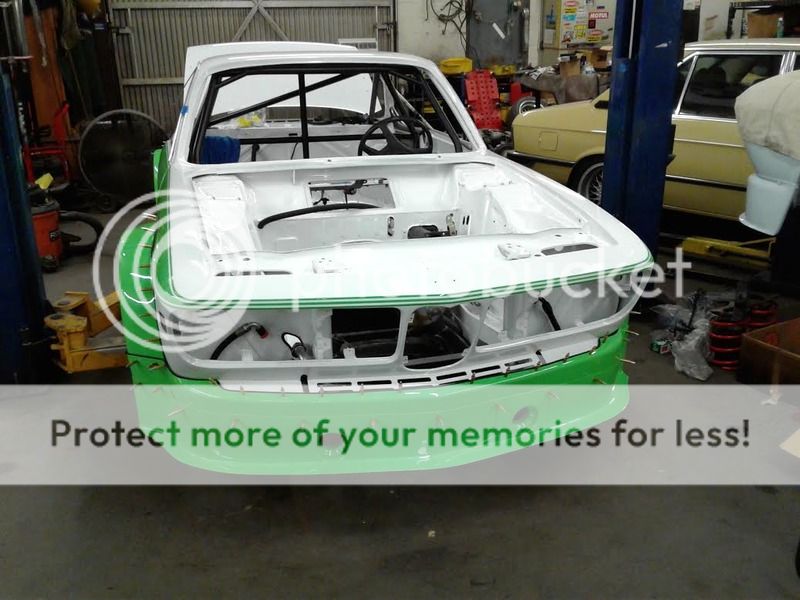RonP
Well-Known Member
This story begins with a phone call from (my now partner), Bill, aka: wsk. Bill had purchased a very rare Verona Red CSL from me with the intention of restoring it for him. The subject of Bill's phone call was that he wanted to temporarily put aside the Verona restoration and look for a Batmobile, and hinted that he wanted to look for one in Europe with the help of a few people across the pond that are privy to their whereabouts. It was my suggestion that he look here in the U.S. as, at the most it would be a five hour plane flight to look at one and the shipping would be a lot less.
I had heard that Jimmy Baker was going to thin out some of his collection, so I made a call to him. Anyone that knows Jimmy could describe him as a Southern Gentleman with a very laid back attitude. In my conversation with Jimmy, it quickly went from breaking the ice, on to his passion...CSL's. He started off with a cool slow talk, traversing into BWWs, and then the particulars of the cars he had for sale came into play and he started talking so fast and excited that there was no way I could keep up with him, so I asked Jimmy if Bill could give him a call as he would be asking the same questions.
The next phone call I received was from Bill, telling me that he not only purchased a Batmobile from Jimmy (#2275525), but he also purchased a stripped out racing CSL from him. That was almost four years ago! Since then, we have purchased #2275483 (the Rahal Bat), #2275016, and most recently the #4355016. We have had quite a run and a lot of fun with all of the cars, restoring them back to their former glory.
Meanwhile, the Martini car was just another fixture at Vintage Motorsport Group and sat in a lonely corner with a cover on it for many moons.
Finally, last September we would begin the long journey to restore this lonely shell into it's former glory and put it back on the race track, where it left off in 1979!!!
It was obvious to both of us that we couldn't do this without some support from someone that was around back in "the day" when this whole concept came to fruition. I thought it may be a long shot, but I suggested that we get in touch with Art Simonds as I know that Art was one of the first people that help develop these cars back in the early days. So, Bill contacted Art and he agreed to come aboard! What an asset he is-a proverbial walking encyclopedia of historical information.
Having Art Simonds aboard is and was truly a blessing. The next big hurdle was to find the original parts to this car as it was built to be a Group 2 CSL and once the rules changed, the sanctioning body were originally going to allow Group 5 cars into the mix. So, the car was stripped of it's Group 2 flares and Group 5 flares were added, only to have the sanctioning body change their minds. Quickly, Willi Martini went back to BMW to get an e12 chassis and everything they could scavenge off of the e9 was cast aside. I don't know the timeline, but the car was sold off to a guy that wanted a Group 5 for the street-not sure if he ever completed the task.
Fast forward. Last September, Art and Bill both met at my shop to supervise the removal of the Group 5 flares. Art was genius when he suggested we leave the top of the front fenders on and splice in new fenders below the top line. Once we surgically removed them, it was off to World Class to expose what was underneath all of the body putty, and it was pretty ugly. Then Bill set off to perform an almost impossible task to find a motor, transmission, and rear end....which he did! He found a brand new motor at Moreschi in Italy, which was a period correct 3.5L motor with Alpina slide throttle injection. An amazing feat I must say! I then nick named him "the excavator" as he can dig up stuff that you would never even think existed!!! Along with the motor, he also found a period correct Getrag 4 speed with a long throw first gear and close ratio 2,3, & 4 and a correct Alpina diff with the oil cooler!
Meanwhile, Art made chicken soup out of chicken poop, as we had no front spoiler, no rear spoiler, and a trunk full of fender flares that in no way would compliment the work we had done on the body. Art re-worked all of the flares, and Bill pulled off yet another miracle by sourcing a correct front spoiler and Art went on to work his magic with the flares, front spoiler, and built a rear wing and spoiler, complete with the rubber on his own.....more miracles and the end product was nothing short of stunning!
Bill was adamant about having the car absolutely period correct and set out to find Alpina front and rear suspension as well-I will let him chime in with his source. Then came the brakes, and once again Bill pulls off another big one.....he sourced a set of period Lockheed F1 front brakes, and we used Porsche rear calipers. Since Ireland Engineering is right next door to my shop, we got Jeff involved personally to get all of these stopping devices to fit properly and he did an amazing job, as everything on this car had to be reverse engineered, and we had very little to go on, just a few photos which really came in handy.
With Bill and Art's guidance, I was able to get Ed Haroutunian to drop all of his duties and design and build a period correct roll cage and it is perfect. Art and I wanted to update some of the design of the cage, but Bill wasn't having it. In retrospect I am glad he won out!
I had heard that Jimmy Baker was going to thin out some of his collection, so I made a call to him. Anyone that knows Jimmy could describe him as a Southern Gentleman with a very laid back attitude. In my conversation with Jimmy, it quickly went from breaking the ice, on to his passion...CSL's. He started off with a cool slow talk, traversing into BWWs, and then the particulars of the cars he had for sale came into play and he started talking so fast and excited that there was no way I could keep up with him, so I asked Jimmy if Bill could give him a call as he would be asking the same questions.
The next phone call I received was from Bill, telling me that he not only purchased a Batmobile from Jimmy (#2275525), but he also purchased a stripped out racing CSL from him. That was almost four years ago! Since then, we have purchased #2275483 (the Rahal Bat), #2275016, and most recently the #4355016. We have had quite a run and a lot of fun with all of the cars, restoring them back to their former glory.
Meanwhile, the Martini car was just another fixture at Vintage Motorsport Group and sat in a lonely corner with a cover on it for many moons.
Finally, last September we would begin the long journey to restore this lonely shell into it's former glory and put it back on the race track, where it left off in 1979!!!
It was obvious to both of us that we couldn't do this without some support from someone that was around back in "the day" when this whole concept came to fruition. I thought it may be a long shot, but I suggested that we get in touch with Art Simonds as I know that Art was one of the first people that help develop these cars back in the early days. So, Bill contacted Art and he agreed to come aboard! What an asset he is-a proverbial walking encyclopedia of historical information.
Having Art Simonds aboard is and was truly a blessing. The next big hurdle was to find the original parts to this car as it was built to be a Group 2 CSL and once the rules changed, the sanctioning body were originally going to allow Group 5 cars into the mix. So, the car was stripped of it's Group 2 flares and Group 5 flares were added, only to have the sanctioning body change their minds. Quickly, Willi Martini went back to BMW to get an e12 chassis and everything they could scavenge off of the e9 was cast aside. I don't know the timeline, but the car was sold off to a guy that wanted a Group 5 for the street-not sure if he ever completed the task.
Fast forward. Last September, Art and Bill both met at my shop to supervise the removal of the Group 5 flares. Art was genius when he suggested we leave the top of the front fenders on and splice in new fenders below the top line. Once we surgically removed them, it was off to World Class to expose what was underneath all of the body putty, and it was pretty ugly. Then Bill set off to perform an almost impossible task to find a motor, transmission, and rear end....which he did! He found a brand new motor at Moreschi in Italy, which was a period correct 3.5L motor with Alpina slide throttle injection. An amazing feat I must say! I then nick named him "the excavator" as he can dig up stuff that you would never even think existed!!! Along with the motor, he also found a period correct Getrag 4 speed with a long throw first gear and close ratio 2,3, & 4 and a correct Alpina diff with the oil cooler!
Meanwhile, Art made chicken soup out of chicken poop, as we had no front spoiler, no rear spoiler, and a trunk full of fender flares that in no way would compliment the work we had done on the body. Art re-worked all of the flares, and Bill pulled off yet another miracle by sourcing a correct front spoiler and Art went on to work his magic with the flares, front spoiler, and built a rear wing and spoiler, complete with the rubber on his own.....more miracles and the end product was nothing short of stunning!
Bill was adamant about having the car absolutely period correct and set out to find Alpina front and rear suspension as well-I will let him chime in with his source. Then came the brakes, and once again Bill pulls off another big one.....he sourced a set of period Lockheed F1 front brakes, and we used Porsche rear calipers. Since Ireland Engineering is right next door to my shop, we got Jeff involved personally to get all of these stopping devices to fit properly and he did an amazing job, as everything on this car had to be reverse engineered, and we had very little to go on, just a few photos which really came in handy.
With Bill and Art's guidance, I was able to get Ed Haroutunian to drop all of his duties and design and build a period correct roll cage and it is perfect. Art and I wanted to update some of the design of the cage, but Bill wasn't having it. In retrospect I am glad he won out!

